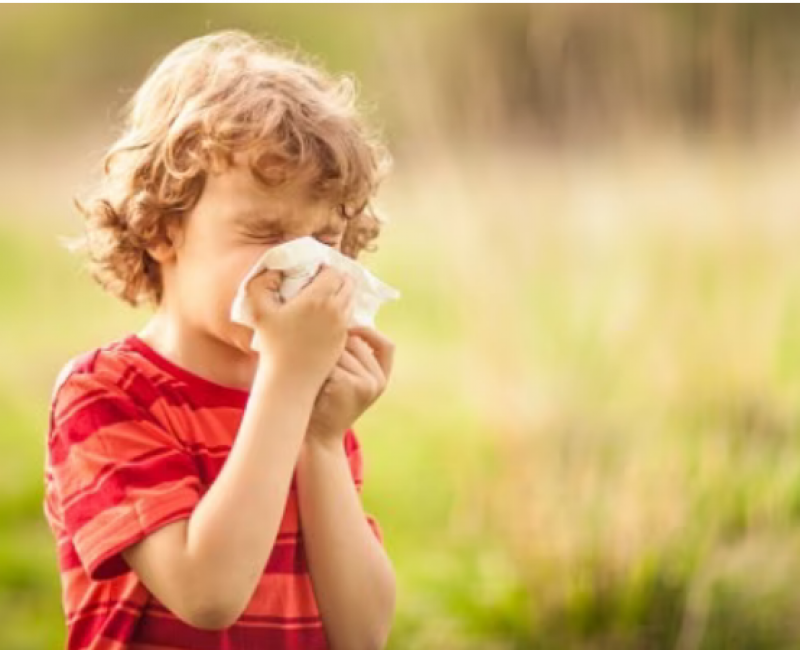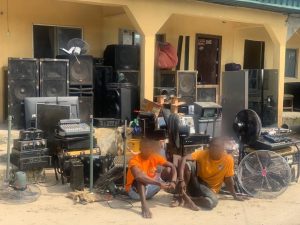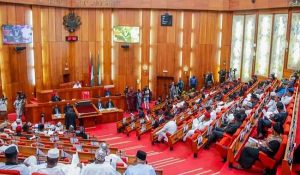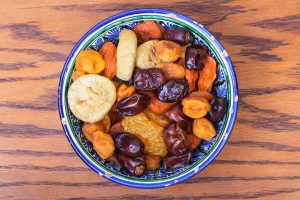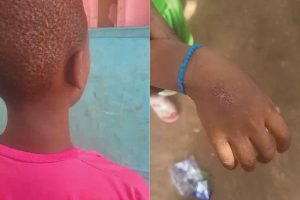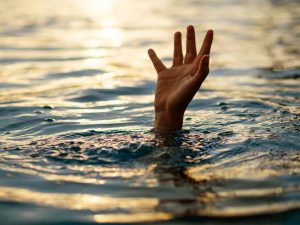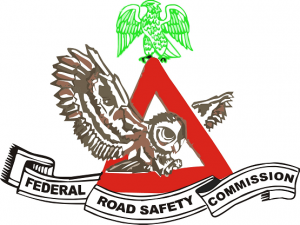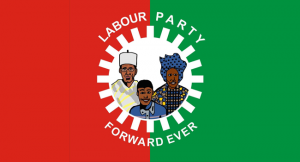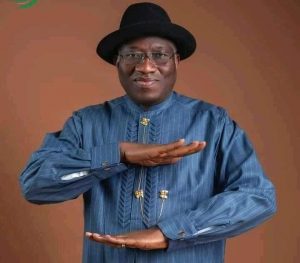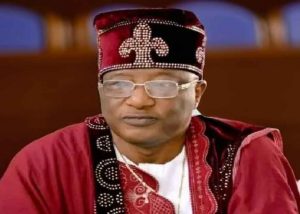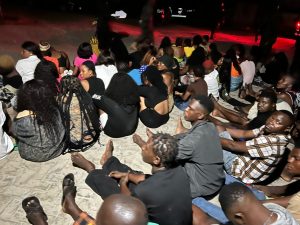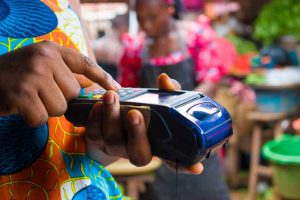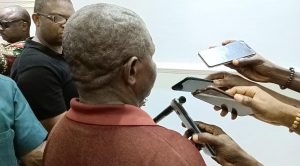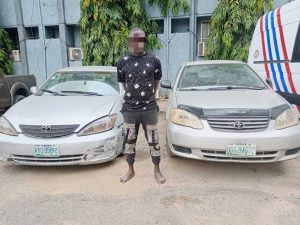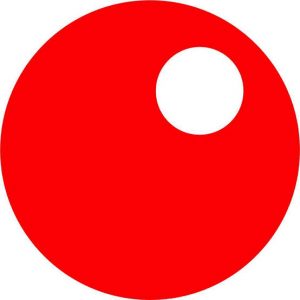The sun is shining so that must mean one thing… trips to the park. As the weather gets warmer and we spend more time outdoors, this can be accompanied by miserable symptoms of hay fever, like a runny nose, itchy eyes, and sneezing.
There is no cure for it and with 15 per cent of children suffering from seasonal allergies, we spoke to the experts about what to look out for and how to reduce symptoms.
What are the signs?
‘Generally, hay fever is not that common in children under five, and those who do suffer tend to also have other allergic conditions such as asthma, eczema or food allergy.
The main symptoms of hay fever can include:
- Runny nose or blocked nose
- Itchy eyes or runny eyes
- Red and swollen eyes
- Frequent episodes of sneezing
- Itchy ears, nose and throat
- Feeling tired and unwell
- A sore throat
With hay fever, unlike a cold, symptoms generally go on for more than a few days and tend to occur at the same time each year when the pollen count is high.
Grass pollen is the most common allergen from May to June, whereas tree pollen counts are high from February to June and weed pollen counts are high from June to September. There are specific medicines designed to help, such as Piriton, but it is important to speak with your doctor first.
What can you do to alleviate the symptoms?
There are various things you can do to try to help, such as:
Applying Vaseline around the nostrils to trap pollen and prevent it from irritating the nose.
Avoid the outdoors, if possible, when the pollen count is at its highest. Plan to take notice of which days are likely to be worse than others. Dry and windy days are particular offenders when it comes to setting off hay fever systems.
Do not dry your child’s clothes outside because pollen and other allergens, such as animal fur, are carried along by the wind and can become trapped in clothing, causing hay fever to flare up. Indoor drying will help to reduce the risk of contamination.
A quick shower when children come inside and changing their clothes will also wash away any pollen particles that have collected on hair, skin, or clothes.
Dusting and vacuuming regularly at home during summer months to eliminate any pollen that may have been brought in from outside.
Should you take your child to the doctor?
Clinical director and superintendent pharmacist at Medicine Direct, Hussain Abdeh, advises making a note of when your child experiences hay fever symptoms, and what they are and then seeking the advice of a doctor or pharmacist, to decide whether it is hay fever, and which treatment is the most suitable for them.
‘There is no cure for hay fever, but a number of different treatments exist to successfully control the symptoms and keep them at bay. Your doctor may recommend that your child takes non-drowsy antihistamines, which work to block the action of the chemical histamine.
Histamine is released when your body comes into contact with an allergy trigger to protect the immune system. This is normally beneficial, but in the case of hay fever, it causes the symptoms to flare up.
‘Older children may benefit from a steroid nasal spray, which helps to reduce inflammation within the nasal passage and alleviate other symptoms associated with hay fever. You can only get these on prescription.’


